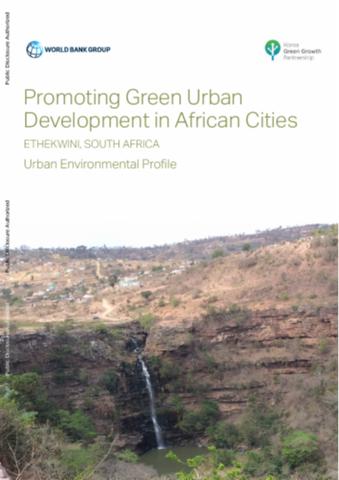Legally and Illegally Logged Out: Drivers of Deforestation & Forest Degradation in Myanmar
... Myanmar’s forest and timber sector has been central to the country’s economy and society, particularly over the last century. Since the colonial era, timber has been a major export revenue earner to Burma/Myanmar and thus subject to much political debate (Bryant 1996).








